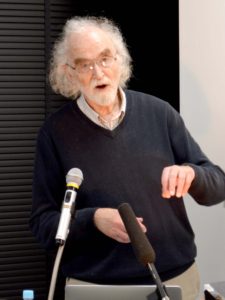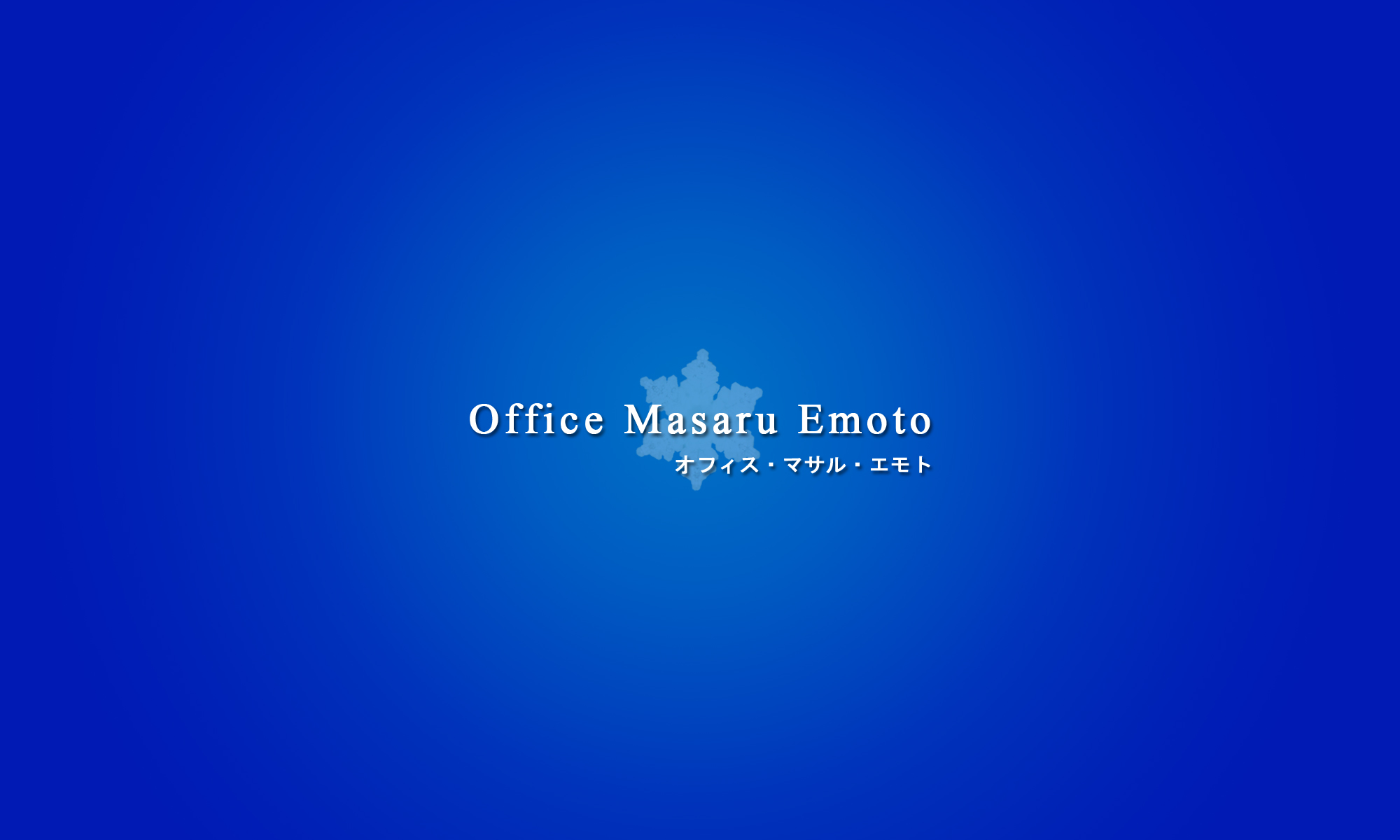
Jerry Pollack is a scientist recognized worldwide as a dynamic speaker and author, whose passion lies in plumbing the depths of natural truths. He received the 1st Emoto Peace Prize and is a recipient of the University of Washington’s highest honor, the Annual Faculty Lecturer Award. He is founding Editor-in-Chief of the research journal WATER and Director of the Institute for Venture Science. Dr. Pollack’s (award-winning) books include: The Fourth Phase of Water (2013), and Cells, Gels, and the Engines of Life (2001).
The Pollack laboratory centers largely on the identification of water’s fourth phase, otherwise known as exclusion-zone water. EZ water has many applications in nature and technology. Among the natural applications, the lab lays special emphasis on the role of EZ water in health, including cell biology. There is also an historical emphasis on biological motion and the origin of life. Further, several technologies have emerged from the fundamental discoveries made in the laboratory, and a spinoff company called 4th-Phase, Inc., has been formed to pursue those technologies.
EZ Water: Water has three phases – gas, liquid, and solid; but findings from our laboratory imply the presence of a surprisingly extensive fourth phase that occurs at interfaces. The formal name for this fourth phase is exclusion-zone water, aka EZ water. This finding may have profound implication for chemistry, physics, and biology.
The impact of surfaces on the contiguous aqueous phase is generally thought to extend no more than a few water-molecule layers. We find, however, that colloidal and molecular solutes are profoundly excluded from the vicinity of hydrophilic surfaces, to distances up to several hundred micrometers. Such large zones of exclusion have been observed next to many different hydrophilic surfaces, and many diverse solutes are excluded. Hence, the exclusion phenomenon appears to be quite general.
To test whether the physical properties of the exclusion zone differ from those of bulk water, multiple methods have been applied. NMR, infrared, and birefringence imaging, as well as measurements of electrical potential, viscosity, and UV-VIS and infrared-absorption spectra, collectively reveal that the solute-free zone is a physically distinct, ordered phase of water. It is much like a liquid crystal. It can co-exist essentially indefinitely with the contiguous solute-containing phase. Indeed, this unexpectedly extensive zone may be a candidate for the long-postulated “fourth phase” of water considered by earlier scientists.
The energy responsible for building this charged, low entropy zone comes from light. We found that incident radiant energy including UV, visible, and near-infrared wavelengths induce exclusion-zone growth in a spectrally sensitive manner. IR is particularly effective. Five-minute exposure to radiation at 3.1 µm (corresponding to OH stretch) causes an exclusion-zone-width increase of up to three times. Apparently, incident photons cause some change in bulk water that predisposes constituent molecules to reorganize and build the charged, ordered exclusion zone. How this occurs is under study.
Photons from ordinary sunlight, then, may have an unexpectedly powerful effect that goes beyond mere heating. It may be that solar energy builds order and separates charge between the near-surface exclusion zone and the bulk water beyond — the separation effectively creating a battery. This light-induced charge separation resembles the first step of photosynthesis. Indeed, this light-induced action would seem relevant not only for photosynthetic processes, but also for all realms of nature involving water and interfaces.
※ Video: What is the Fourth Phase of Water?
※ Dr. Pollack’s comment on our Water Crystal Photography
※ Dr Pollack’s Comment on Water Crystal and Emoto Peace Prize
If you would like to know more about Dr. Pollack’s research, please visit his official website:
➤ https://www.pollacklab.org/
